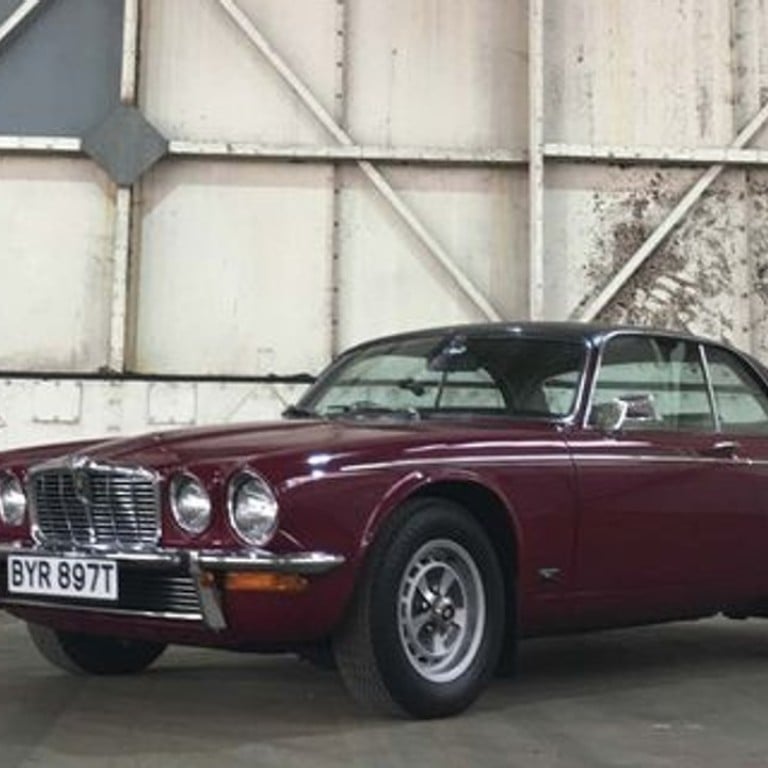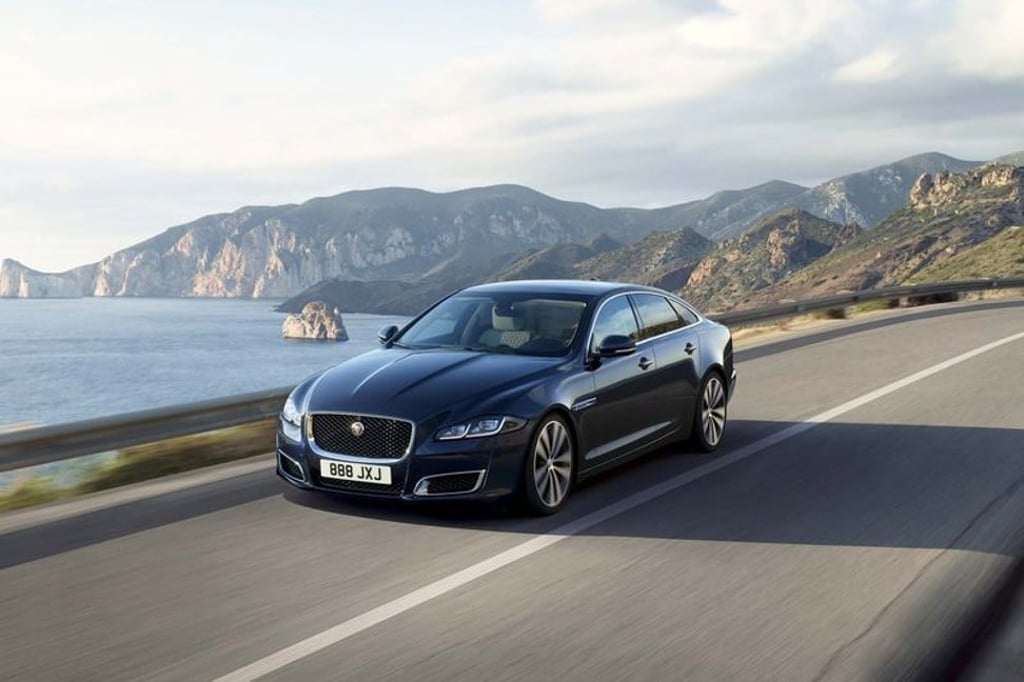Why the Jaguar XJ – loved by Jerry Hall and Frank Sinatra – is the coolest of the big cat cars

50 years after its debut, the stylish automobile remains an object of desire that is worth the cost of ownership
In the 1960s and 1970s, few sedans oozed ultra-cool style as the Jaguar XJ does. Long and slender, with liquid lines yawning from the limpid headlamps back to an elegantly tapered tail, they seemed to slither down the road like something from a naughty dream.
Jerry Hall, Tom Petty, and Frank Sinatra owned them. So did the UK’s royal family.
But owning one now can also be a nightmare.
Complications from rust damage, overheating issues, and cracked cables can result in hours stranded on the side of the road instead of tooling to a picnic or swishing through London streets to a night-time haunt. And if you try to go more modern by buying an XJ from the later generations of the 1980s and 1990s, you’ll find that they lag, underpowered, behind comparable vehicles from BMW and Mercedes.
But since it broke away from former owner Ford Motor Company in 2008, Jaguar has been back in a major way. The brand, now owned by Tata Motors Limited, has just produced an excellent all-electric SUV, the I-Pace, and leads the field for value with the affordable, powerful, stylish, and fun-to-drive F-Type coupe and convertibles.
So it was from a position of confidence that the brand took a moment to reflect on its heritage – lovely and occasionally soft as it was – with the arrival of the latest iteration of the XJ.
This autumn, it launched the US$75,400 2019 Jaguar XJ sedan on the 50th anniversary of the car’s 1968 debut at the Paris Motor Show. Then it added context: Jag sprang all eight generations of the XJ line out of storage and put them on the road, driving overnight from company headquarters in Coventry, England, to the Paris Motor Show.

